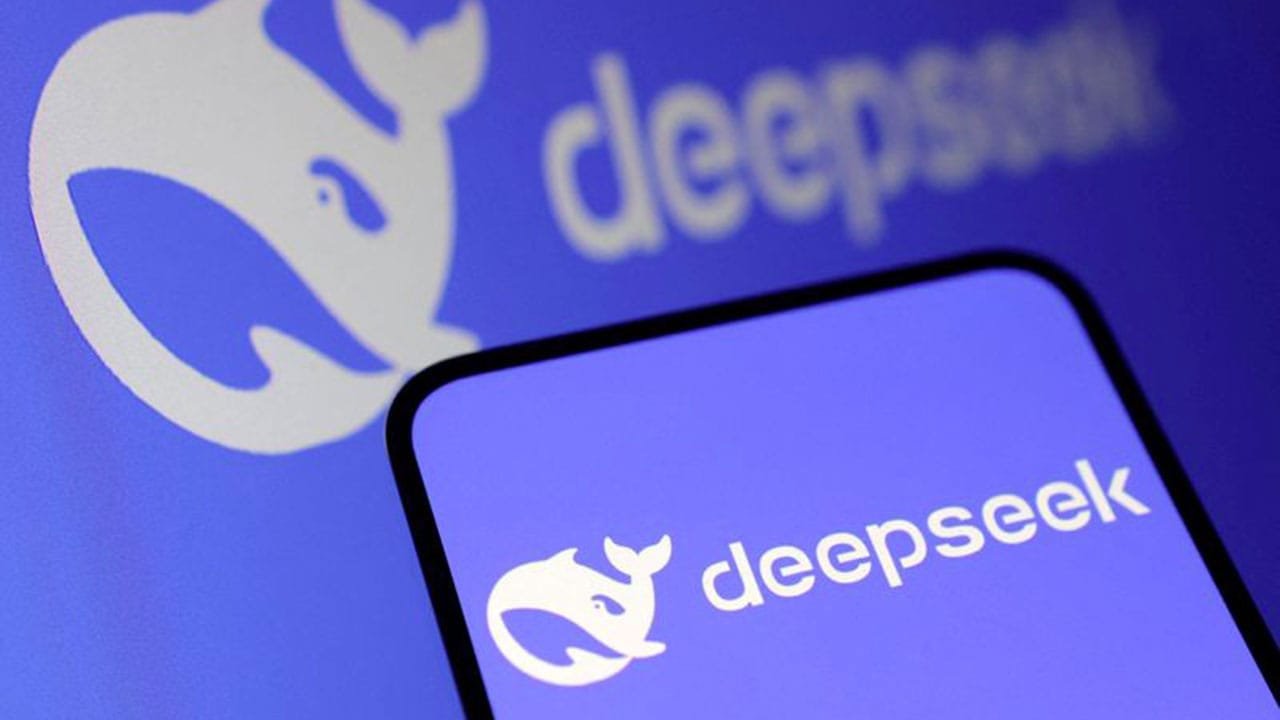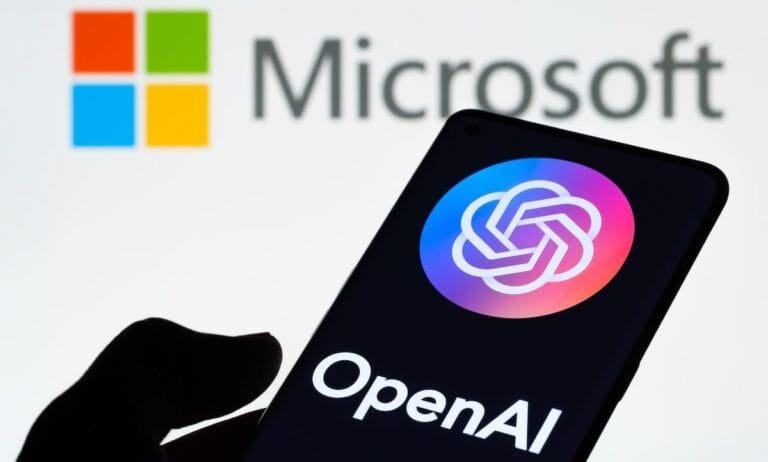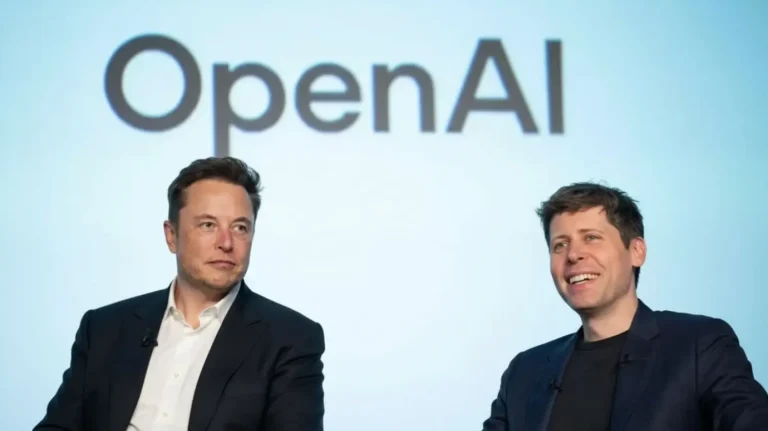
DeepSeek’s new multimodal AI model, DeepSeek-OCR, efficiently processes complex documents and explores AI-based human mind detection.
Back to the introduction:
DeepSeek is a Chinese AI startup based in Hangzhou The company has launched a new multimodal AI model called DeepSeek-OCR This model processes large and complex documents It uses fewer tokens The company focuses on improving the efficiency of LLMs and reducing the cost of creation and use The model’s source code and weights are available on Hugging Face and GitHub DeepSeek previously released the V3 and R1 models These are open-weight models Their performance is similar to OpenAI’s O1 but the cost is much lower Some US companies and officials question DeepSeek’s claims.
How DeepSeek-OCR Works
DeepSeek-OCR uses visual perception It compresses text It is an efficient method for LLMs The model processes text as images, which reduces computing costs Scientists believe that image processing is easier than text The model handles long contexts and avoids memory limitations The model is composed of two main parts The first part is the DeepCoder, which has 380 million parameters It analyzes each image and then creates a compressed version The second part is the Text Generator, which has 570 million active parameters It is based on a Mixture of Experts (MOE) language model with three billion parameters The company trains the model on 30 million PDF pages in approximately 100 languages, 25 million of which are Chinese and English, 10 million synthetic diagrams, 5 million chemical formulas, and 1 million geometric figures The model compresses text 10 times, retaining 97 percent of the original information.
Capabilities of DeepSeq-OCR
The model processes various documents These include plain text, diagrams, chemical formulas, and geometric figures It preserves original formatting, produces plain text output, and provides image descriptions The need for vision tokens depends on the document size and image resolution, and also generates model training data This is for LLM and Vision Language Models (VLMs), which scale significantly It generates over 200,000 pages daily on an NVIDIA A100 GPU This translates to 33 million pages per month Efficiency is high Computing costs are low, and vision encoders compress text. A 7-20x reduction is achieved for historical context Long-context challenges are addressed The model is proof-of-concept It demonstrates processing text as images.
Efficiency and Applications
DeepSeq-OCR is efficient. It generates high-volume data on a single GPU It is cheaper than traditional text processing The company is open-sourcing it. Developers can use it for a variety of applications Training data generation is key It processes complex documents It handles long-context scenarios It supports multilingual content, making it suitable for scientific diagrams and formatted text It focuses on dense PDF documents and performs well on benchmarks It is tested on OmniDocBench, which checks document parsing The Fox benchmark tests VLM’s focusing capabilities DeepSeek-OCR is better than GOT-OCR2.0 It uses 256 tokens/page However, DeepSeek wins with only 100 visual tokens. It is also better than MinerU2.0 It uses over 6000 tokens/page DeepSeek does it with fewer than 800 tokens.
AI Detection for Human Minds
Now we turn to the second topic AI Detection for Human Minds This is AI that detects human minds Scientists read thoughts from brain scans AI uses brain decoders They convert thoughts into text using machine learning AI also predicts human behavior There’s an AI called Centaur It’s accurate in psychological experiments but performs at human levels on theory of mind tests It detects irony or falsity From brain scans, AI sees what a person is seeing It recreates images, faces, landscapes, etc Non-invasive systems recognize neural firing patterns, decode thoughts, and translate them into language.
How AI Mind Reading Works
AI analyzes brain data, uses fMRI scans, finds patterns, understands thoughts, and records brain responses by listening to stories Then generates text Training is minimal, and theory of mind AI gives machines human cognition It understands beliefs, desires, intentions, and emotions The AI-Mind project screens brain connectivity and estimates dementia risk. Even for people with mild cognitive impairment, hallucinations in AI detect real-world patterns Humans are insensitive to them AI advances in thought reading Challenges and ethical issues that mind-reading AI brings Privacy is an issue Thought reading is not ethical False positives and negatives occur AI detectors are not reliable Studies show they make mistakes.



